About Me
My name is Taylor Dupéré and I am a mechanical engineering graduate (Bachelor’s Degree) from Concordia University, with additional certificates and academic accreditation in Computer Sciences and Aerospace Engineering. I dedicated the majority of my academic career to learning about the design, manufacturing, testing and performance analysis of automated vehicles, aerodynamic structures and robotics.
I have worked full-time in the automotive industry throughout most of my academic career, developing a strong professional work ethic and time management skills. My seven years of experience in the automotive industry has given me a well-rounded understanding of the field from multiple perspectives. I’ve been involved in everything from sales and service to administration and technical inspections, which has deepened my appreciation for the full product lifecycle and strengthened my ability to communicate effectively across departments. In my many years of experience in the automotive industry, I have had the pleasure of representing brands such as Chrysler, Dodge, Ram, Alfa Romeo and Audi.
Outside of my school curriculum, I am equally fascinated by condensed matter and quantum mechanical theories. I have studied quantum physics independently for approximately six years and have also written many of my own theoretical papers. I also enjoy working on software programming and development projects, and I am fluent in four programming languages.
Mechanical Engineering Projects
Two samples of my academic projects and relevant work
Testing, Analysis, and Validation of a Wing Structure
Application of the Finite Element (FE) method in aircraft structural analysis using the MSC Patran/Nastran software
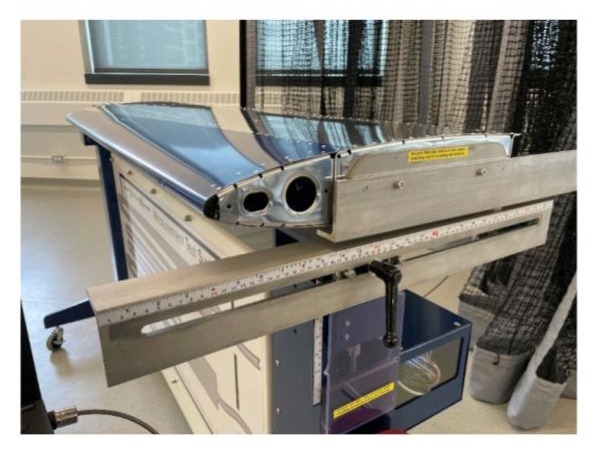
Experimentation
A wing section is installed in a test structure and the force is applied. The strain gauges that are installed on the test structure are used to record and analyze the data from the experiment.
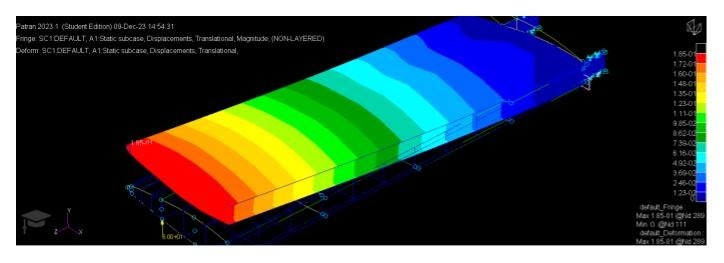
Finite Element Analysis
The meshing is composed of a series of 2D shell elements (for surfaces), 1D bar elements (for flanges of spars) and 360 nodes (for a simplified model).
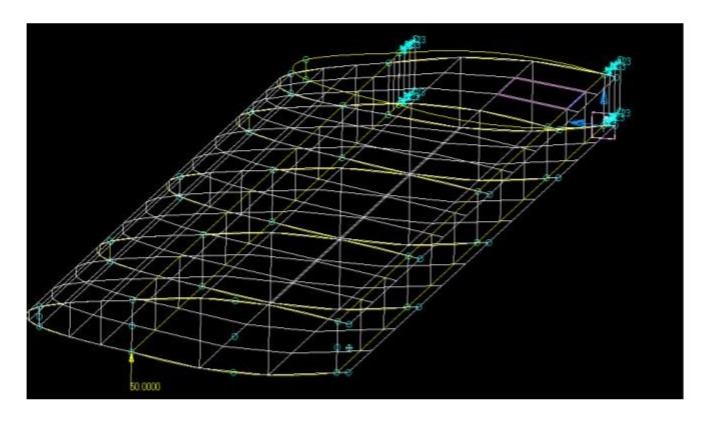
Linear Static and Normal Modes analysis using MSC Patran/Nastran
Outputs are requested using Nastran for displacement, stress, force, and grid point force balance, while using appropriate boundary and loading conditions.

Analysis of Results
Shear and axial forces and extracted from the f06 file in order to calculate the corresponding stresses and tip deflection of the wing.
Experience Obtained: Wing structures on aircrafts, finite element analysis, MSC Patran/Nastran
Project for Mechanical Engineering Supported by Concordia University (2024-2025)
Variable Ratio Rack and Pinion Steering Mechanism
Design, manufacturing, testing, analysis and validation of a steering mechanism for Concordia University's Formula SAE race car
For my Engineering Capstone Project, my team designed a variable rack and pinion steering mechanism for our University's Formula SAE race vehicle. We focused on reducing mass, enhancing performance, and improving serviceability. A key feature of this design is the variable-ratio rack, which adjusts steering sensitivity based on wheel angle to enhance vehicle handling. This functionality enables precise, stable control at high speeds while allowing for smooth, responsive maneuvering at low speeds. The system achieves this by maintaining a lower steering ratio at the center and progressively increasing the ratio as the wheel turns further. The primary goals of this project were to design, manufacture, and test a steering system that meets these performance, durability, and serviceability requirements.
Experience Obtained: Steering Mechanisms on vehicles, SolidWorks, MATLAB, 3D printing and prototyping, testing and validation of systems, finite element analysis

We used the vehicle's current relevant geometry (steering column length, tie rod length, steering arm length, kingpin inclination angle, Ackerman geometry, caster, angle, camber angle, track width, wheelbase, inner and outer steering angles, steering axis offset, toe angle, maximum turning angle of steering wheel, etc.) to create a MATLAB code which outputs the most efficient variable transmission function. This function measures the angle of the pinion (as it turns and meshes with the rack) relative to the angular velocity of the pinion. The generated data from the transmission curve was then uploaded into SolidWorks, where a multi body representation of the pinion travel was generated. Following, the Combine feature was used to subtract the bodies in order to generate the pinion’s cutout path.
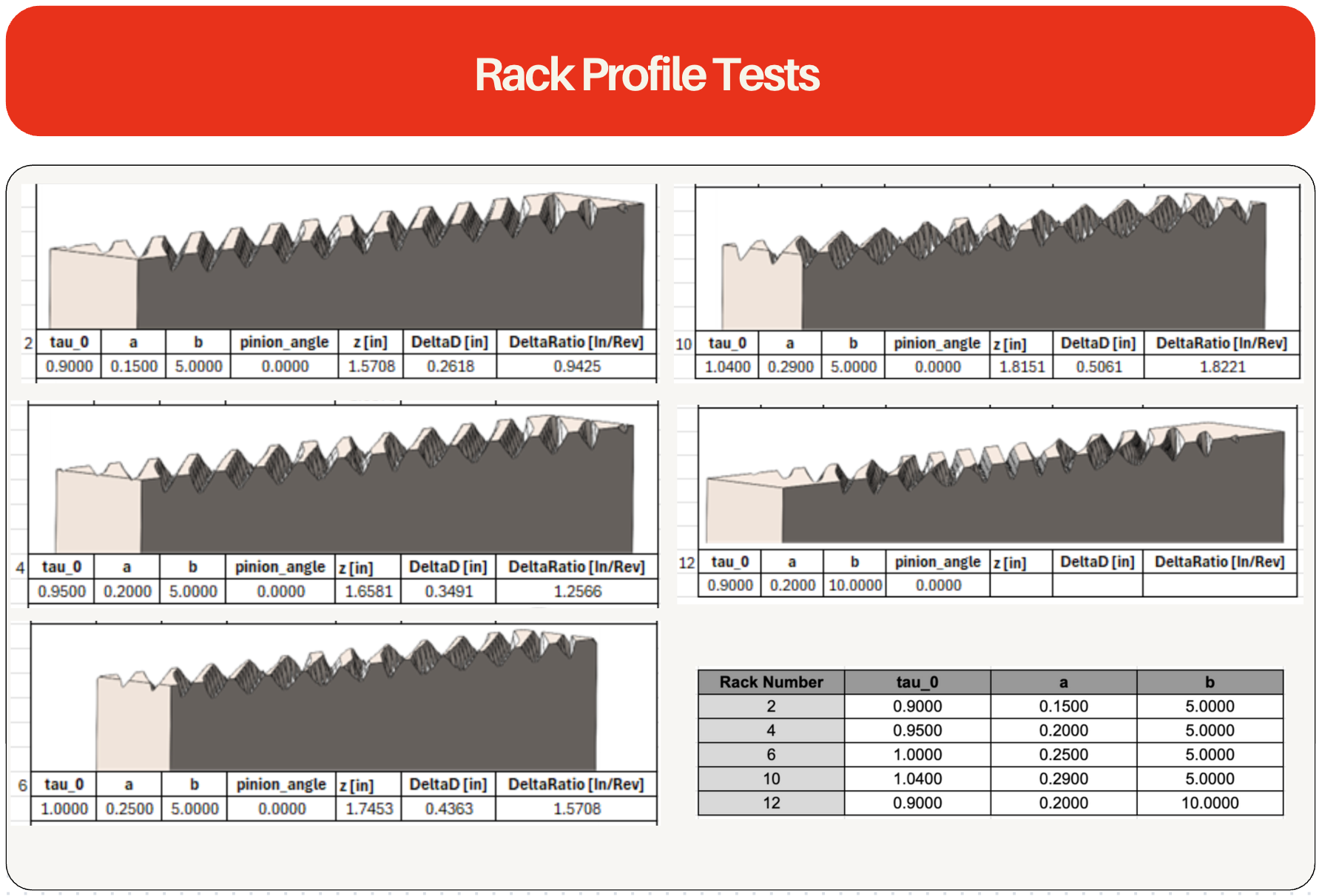

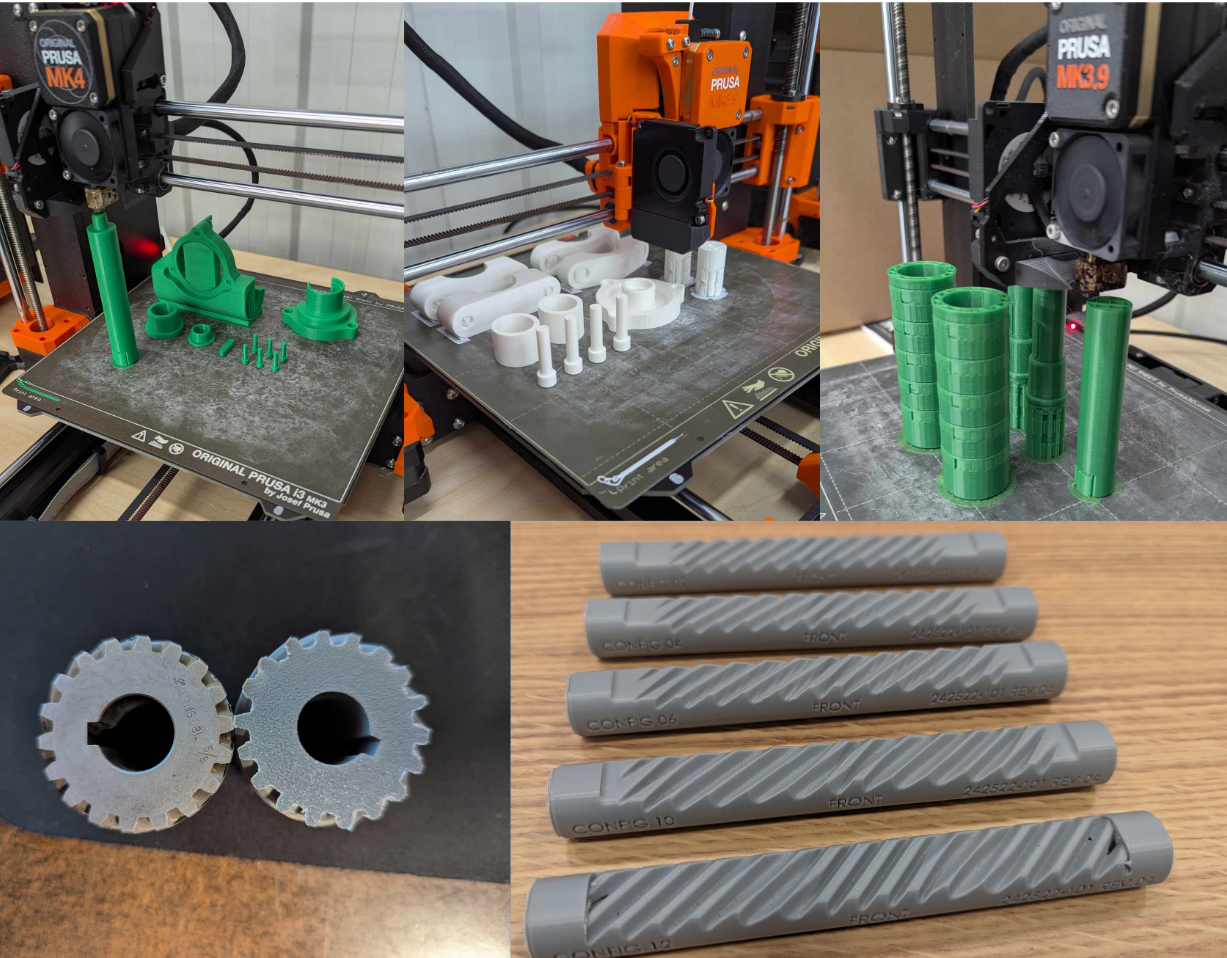

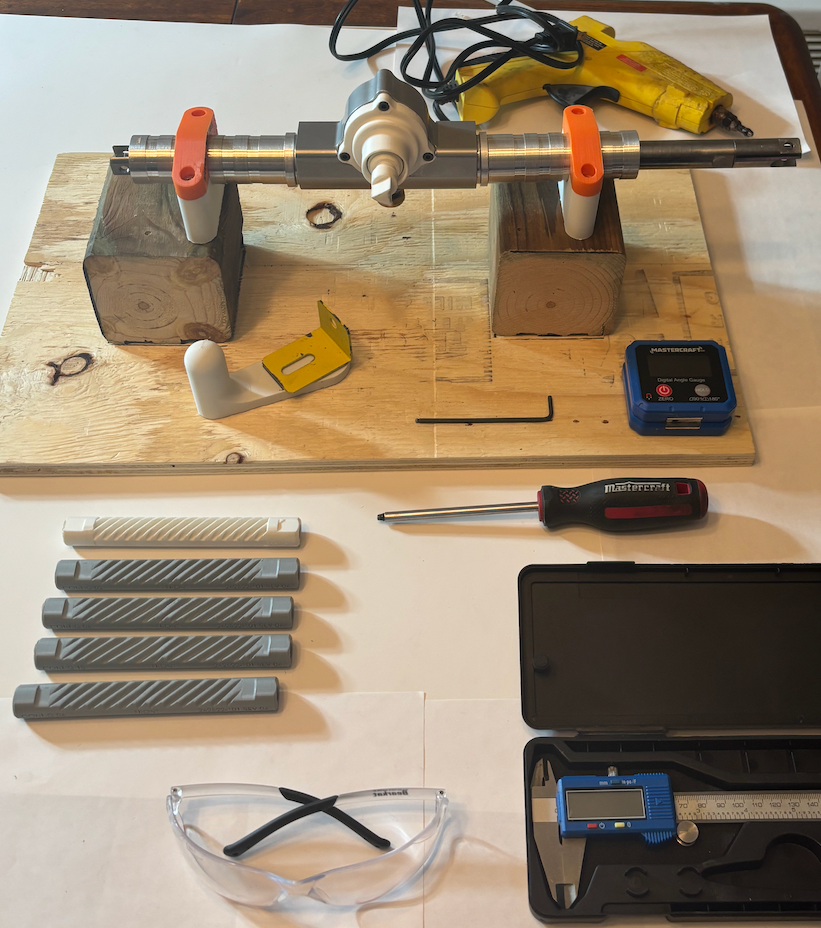
Project for Mechanical Engineering Supported by Concordia University (2024-2025)
My Recent Research
I have studied quantum physics and electromagnetism independently for approximately six years and have also written many of my own theoretical papers, which may be received upon request or found on my website. A selection of my primary research topics are described below.
Noise-Free Superconducting Qubits for Optimized Quantum Computing Applications
Exploring superconducting qubits that are resistant to noise and decoherence, two of the biggest challenges in building reliable quantum computers
This research investigates the development of superconducting qubits engineered to resist environmental noise and decoherence, two key limitations in building scalable quantum computers. The work centers on optimizing qubit design through material selection and geometric configuration to minimize energy loss and improve operational coherence. This includes enhancements in Josephson junction fabrication and the integration of shielding and filtering systems to block electromagnetic interference. Alternative approaches under study include high-kinetic inductance circuits, phase-slip junctions, topological qubits, Kerr-nonlinear resonators, and hybrid semiconductor-superconductor systems. Additionally, error-resilient encodings that offer intrinsic protection against decoherence are being explored. Parallel efforts investigate energy control at the quantum level, particularly the manipulation of superconducting and topological systems to enable efficient, low-dissipation energy transport. Ultimately, this work aims to develop robust superconducting qubits and energy architectures suitable for integration into large-scale quantum computing and control systems.
Non-Perturbative Moduli Dynamics and Dualities in Flux Compactified String Vacua
Investigating the interplay between flux-induced moduli stabilization, non-perturbative effects, and duality symmetries to probe the structure of the string landscape and its low-energy consequences
This research explores how flux compactifications, duality symmetries, and non-perturbative effects shape the low-energy physics of string theory vacua. Focusing on Type IIB compactifications on orientifolded Calabi–Yau threefolds with background fluxes, the study examines moduli stabilization mechanisms via the Gukov–Vafa–Witten superpotential and its F-term potential in N=1 supergravity. Non-perturbative corrections, such as D-brane instantons and gaugino condensation, are incorporated to lift flat directions, alongside string loop and α corrections to the Kähler potential. The research evaluates these mechanisms within the Swampland program by assessing their compliance with conjectures like the de Sitter and distance conjectures. Duality symmetries, especially S-duality and mirror symmetry, are used to relate strongly coupled configurations to tractable weak-coupling regimes. Recent work includes examining source back-reactions in warped throats and their implications for holographic RG flows and emergent spacetime geometry. The ultimate goal is to elucidate the structure of quantum gravity through the interplay of geometry, duality, and non-perturbative physics.
Non-Radiative Electromagnetic Power Transfer via Resonant Ground–Atmosphere Coupling and Longitudinal Field Excitations
Revisiting and extending Nikola Tesla’s original framework for wireless power transmission using modern electromagnetic field theory, resonant boundary conditions, and atmospheric electrodynamics
This research revisits Nikola Tesla’s vision for global wireless energy transfer using modern electromagnetic theory and cavity electrodynamics. The work models the Earth-ionosphere system as a spherical resonant cavity, capable of supporting non-radiative longitudinal field excitations and guided surface wave propagation. Maxwell’s equations are solved under atmospheric boundary conditions to identify transverse magnetic and hybrid longitudinal-transverse modes, with behavior akin to Zenneck and Sommerfeld waves. High-Q helical resonators and Tesla-type transformers are designed to match cavity eigenfrequencies and minimize radiative loss, incorporating dielectric loading and metamaterial-enhanced impedance matching. Experimental protocols combine vector network analysis and ground potential mapping to isolate non-radiative components. The broader objective is to enable scalable, efficient wireless power transmission and atmospheric field manipulation by embedding classical concepts in a modern theoretical and experimental framework.
This research introduces a paradigm in which software is represented as a tensorial manifold of code primitives, enabling logic synthesis via eigen functional traversal and spectral decomposition. Code elements such as functions and data flows are treated as multidimensional morphotopes within a computational manifold, embedded into a Hilbert-coded tensor space. Execution logic is composed through topological contractions, guided by eigenvalue convergence and entropy minimization. A spectral synthesizer replaces traditional compilers by optimizing logic paths over performance, memory, and thermal constraints. Computation is distributed over a self-similar execution mesh using tensor slicing and homomorphic transformations. A Domain-Specific Algebra allows coding through functorial mappings rather than imperative syntax, supporting λ-complete transformations. The aim is to transition from static code to adaptive, self-optimizing software entities that evolve through geometric logic in a high-dimensional algebraic structure.
Tensorial Code Lattices and Eigenfunctional Composition: A Matrix Calculus Framework for Hyperdimensional Software Synthesis
Proposing a novel paradigm wherein software is abstracted into a multidimensional tensorial manifold of code primitives, enabling compositional resolution of computational intents through eigenfunctional traversal and spectral code synthesis
Spectral Tensorial Synthesis of Adaptive Trading Algorithms in High-Dimensional Financial Manifolds
Developing a cutting-edge framework that models stock market trend analysis as a dynamic spectral synthesis of tensor-encoded trading strategies, enabling real-time adaptive algorithmic forecasting within complex financial manifolds
This research develops a tensorial framework for real-time algorithmic trading, modeling stock market dynamics as a high-dimensional, evolving manifold. Trading strategies are encoded as vectorial elements with contextual eigen-properties, such as volatility sensitivity and temporal granularity, within a functional tensor space. Strategy synthesis is performed via spectral filtering and eigenfunctions contraction, optimizing for predictive entropy, alpha performance, and systemic resilience. Executional decisions are derived from geodesic traversal within a code-action manifold, with dominant eigenmodes informing asset allocation. Adaptivity is governed by recursive Bayesian reweighting and modal resonance between machine learning submodels and market topologies. Instead of switching models, the system performs continuous decoherence and re-alignment of functional structures. The platform enables the generation of executable logic as a dynamic response to financial phase-space fluctuations, transforming trading into a form of computational resonance within a self-organizing algebraic code material.
Circuits, Electronics and Other Projects
A few of my small side projects and academic assignments
MATLAB/SIMULINK Digital PID Position Control Analysis
with Arduino hardware interface
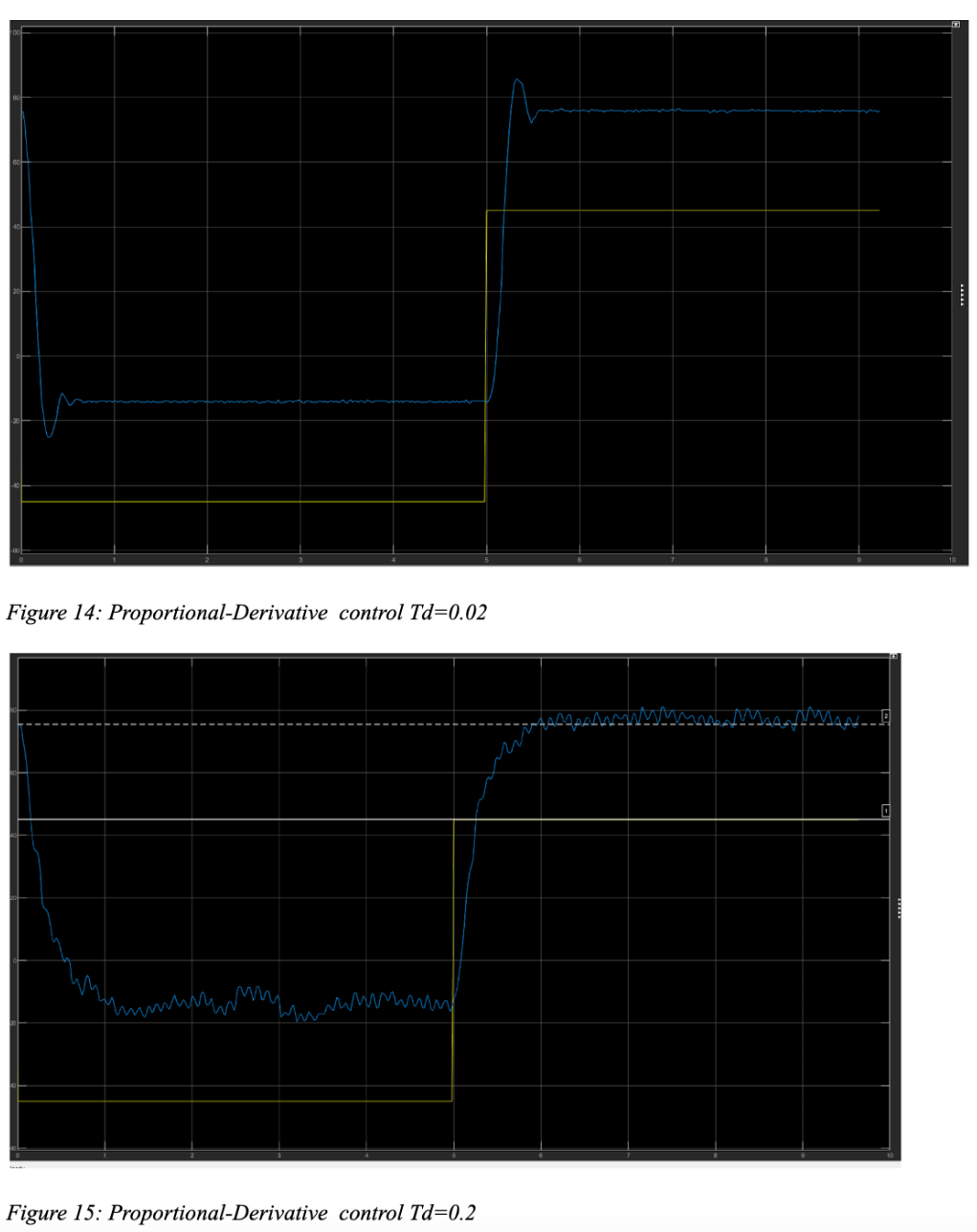
Figures Obtained Through Experimentation
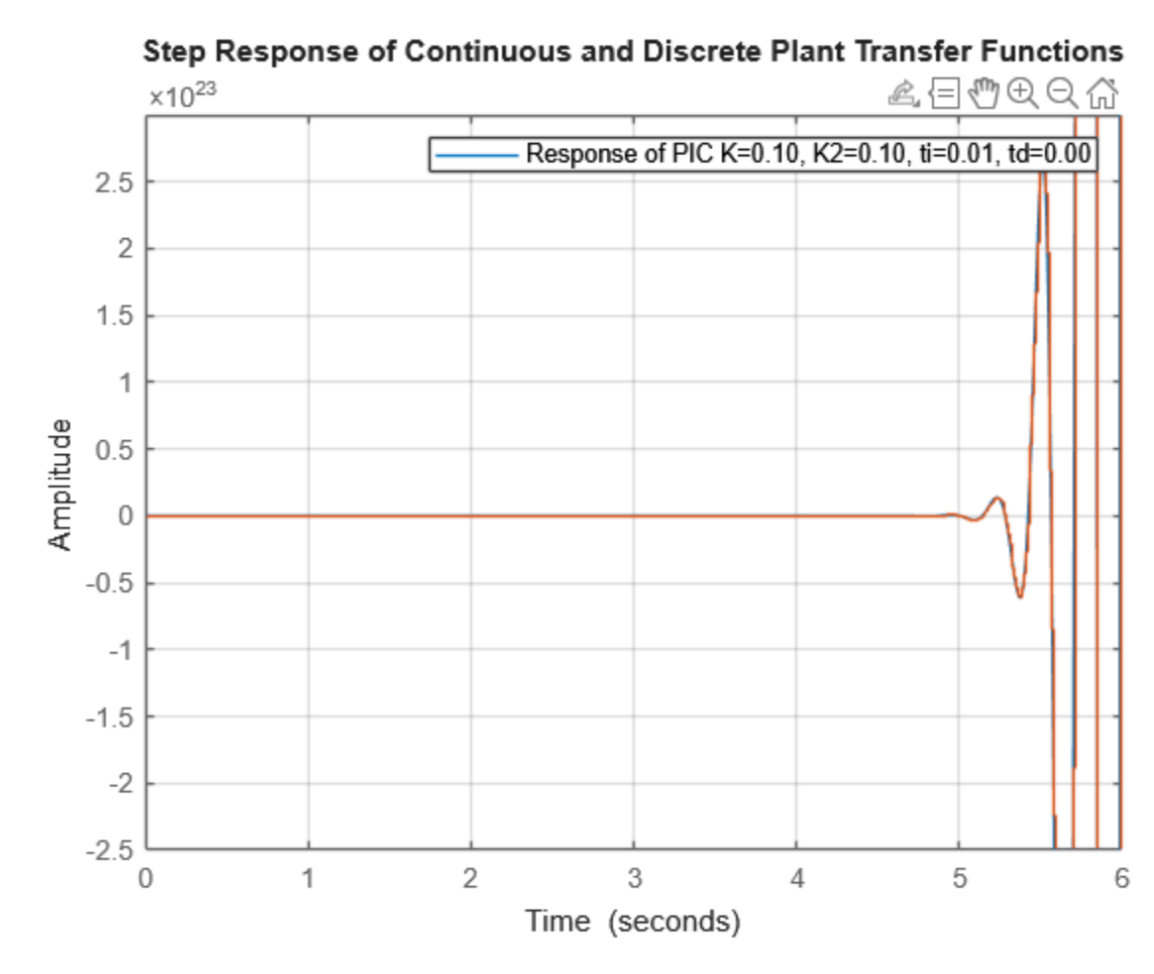
Using the C2D function in MATLAB to convert the transfer function from a continuous transfer function to a discrete transfer function
Circuit Using a Debounced Push-Button and D-Flip Flops
that responds to successive button presses by displaying a predetermined LED pattern
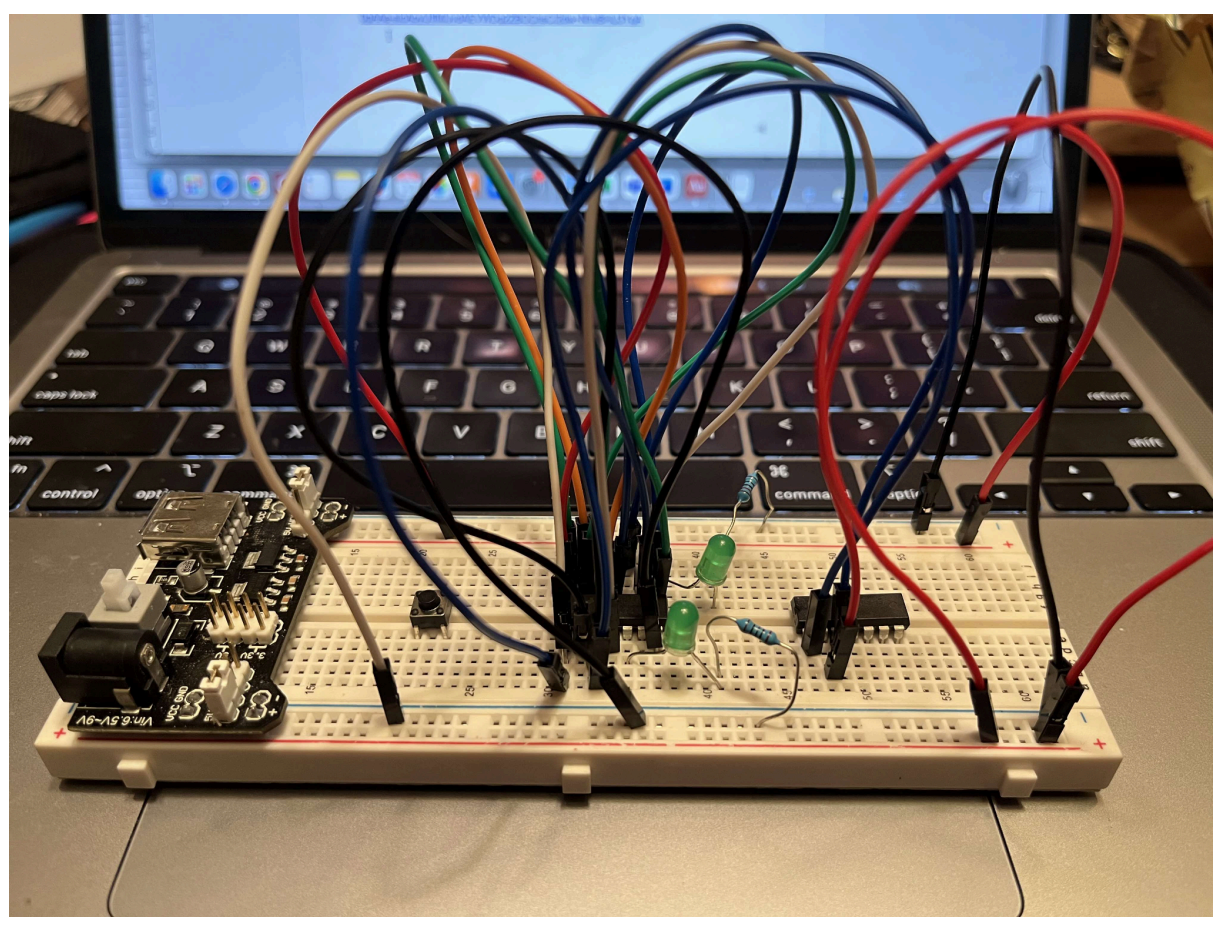
Circuit on Breadboard
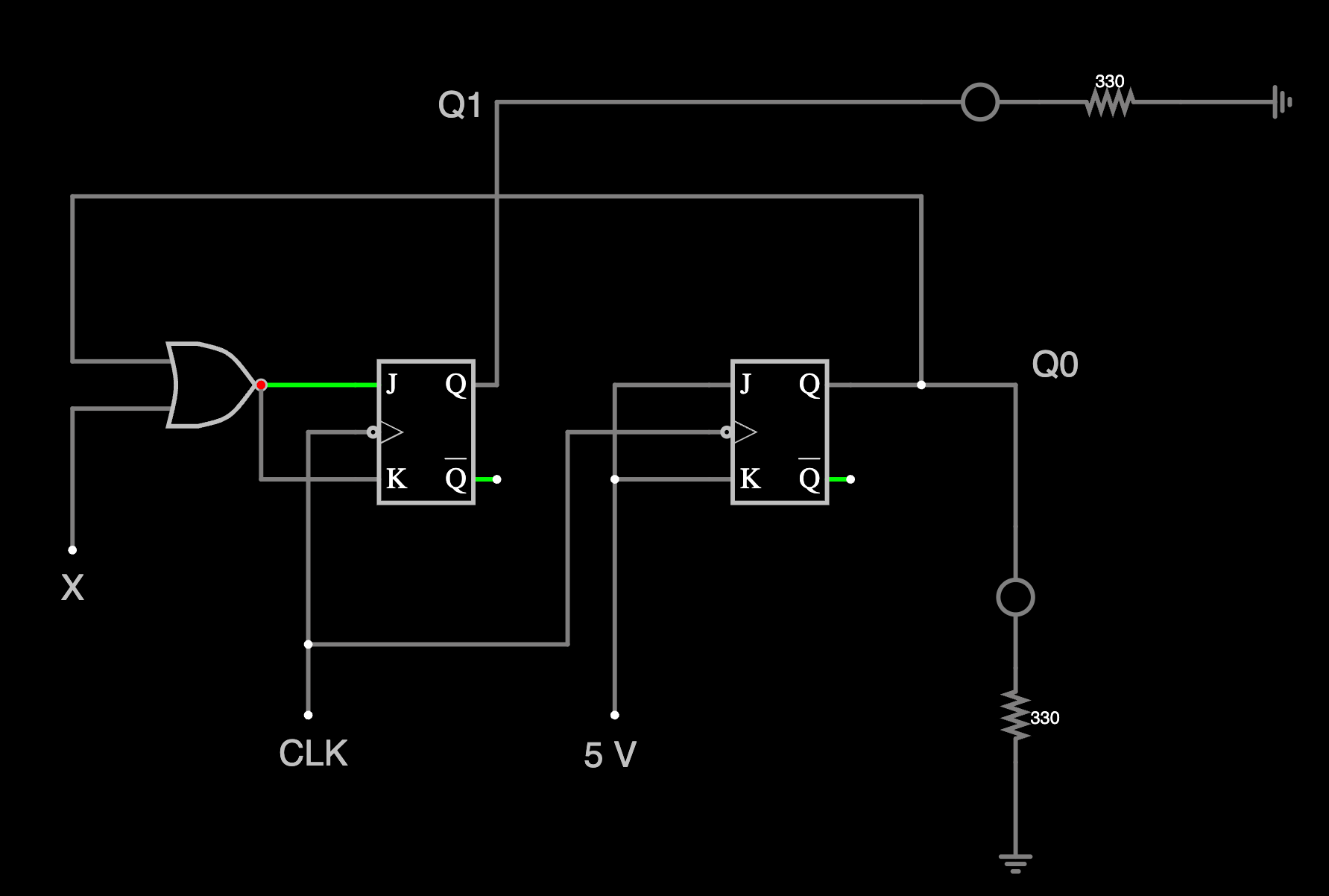
Simulation of Circuit Using FALSAD
Examples of String Theory Research Notes
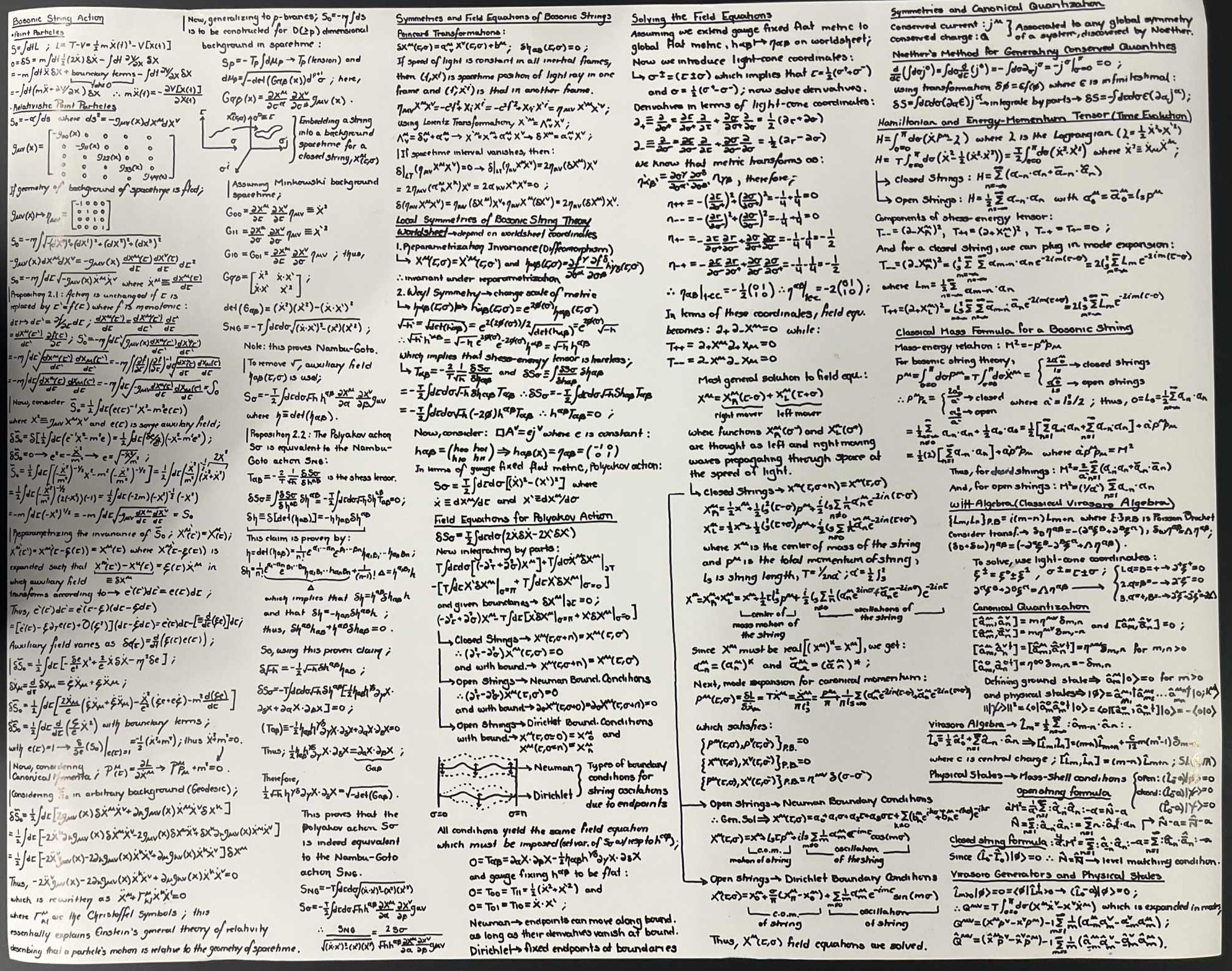
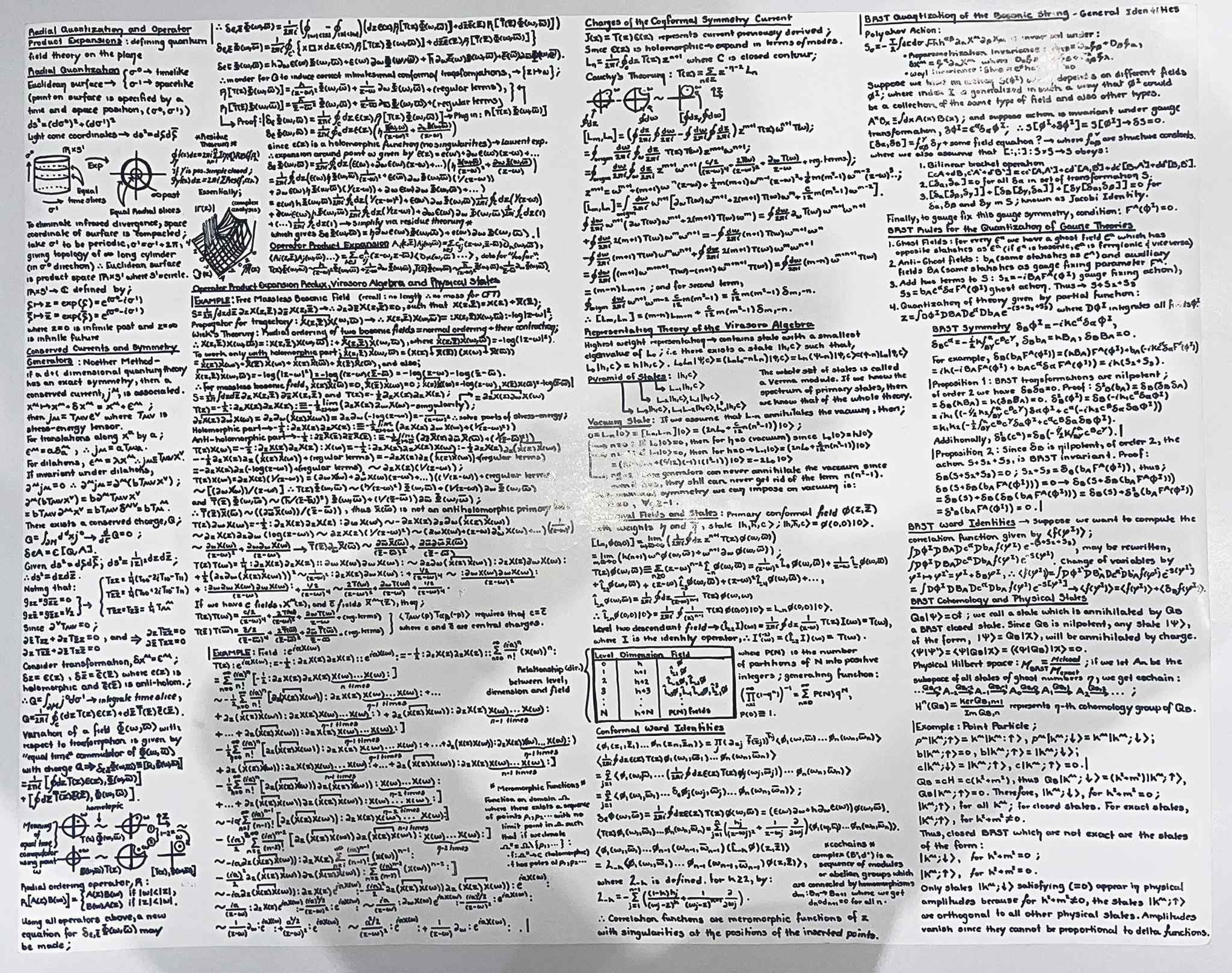
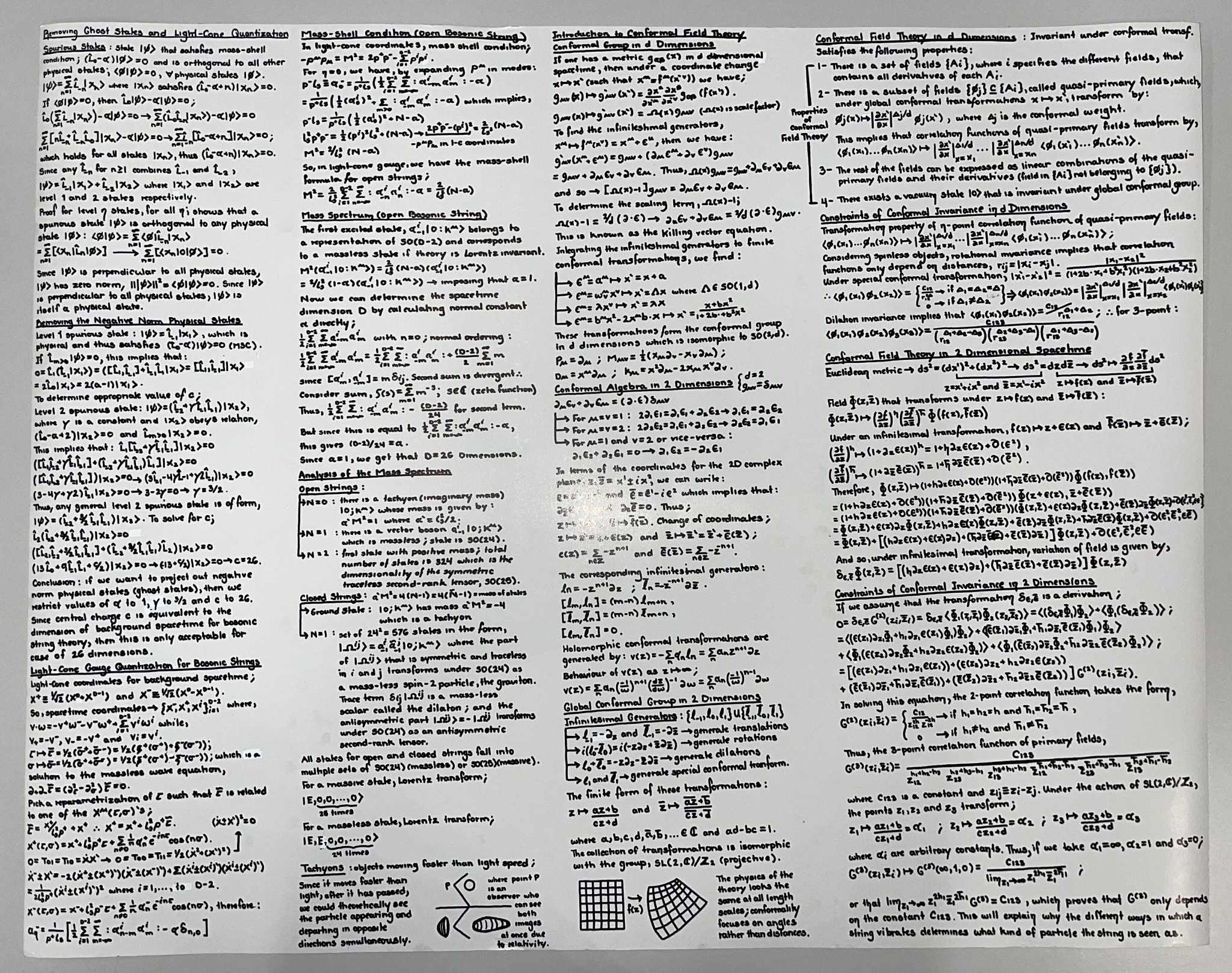
Personal Projects
A few of my personal projects and side hobbies
Season One: Investing and Day Trading
The first season of the Taylor Dupéré Show is designed to guide listeners through the world of investing and day trading—from the absolute basics to more advanced strategies and technical concepts. The show takes a step-by-step approach, making complex financial ideas accessible to beginners while gradually building toward deeper insights. Whether you're just starting out or looking to sharpen your trading skills, the podcast offers clear explanations, practical advice, and real-world context to help you navigate the markets with confidence.
My Podcast: The Taylor Dupéré Show
A free educational podcast dedicated to making complex topics like investing, trading, and quantum physics accessible to everyone and empowers listeners to learn deeply, think critically, and explore the world with curiosity
Spotify Link: https://open.spotify.com/show/...
Season Two: Quantum Physics Unraveled
In Season Two of The Taylor Dupéré Show, the focus shifts from financial markets to the mind-bending realm of quantum physics. This season takes listeners on a journey through the strange, fascinating principles that govern the subatomic world—where reality behaves in ways that defy logic and classical intuition. From superposition and entanglement to quantum tunneling and time travel, Taylor unpacks complex ideas in an engaging, accessible way, gradually revealing how quantum mechanics might hold the key to understanding everything from consciousness and biology to the multiverse and dark energy. Whether you're a curious thinker or a science enthusiast, this season offers a deep yet entertaining dive into the quantum fabric of reality.
Contact Me
Email: taylordupere@gmail.com
Location: Montreal, Qc
Articles I Recommend
- Duque, Theresa. "A Quiet Revolution: New Technique Could Accelerate Noise-Free Superconducting Qubits for Quantum Computing." Lawrence Berkeley National Laboratory News Center, 10 Apr. 2025
- Stokes, James, et al. "Quantum Natural Gradient." 5 Sept. 2019
- Sun, Jennifer J., et al. "Neurosymbolic Programming for Science." 7 Nov. 2022
- Cui, Guofeng, and He Zhu. "Differentiable Synthesis of Program Architectures." Department of Computer Science, Rutgers University, 2021
- F. Swiadek, R. Shillito, P. Magnard, A. Remm, C. Hellings, N. Lacroix, Q. Ficheux, D. C. Zanuz, G. J. Norris, A. Blais, S. Krinner, and A. Wallraff, “ Enhancing dispersive readout of superconducting qubits through dynamic control of the dispersive shift: Experiment and theory,” 2023
